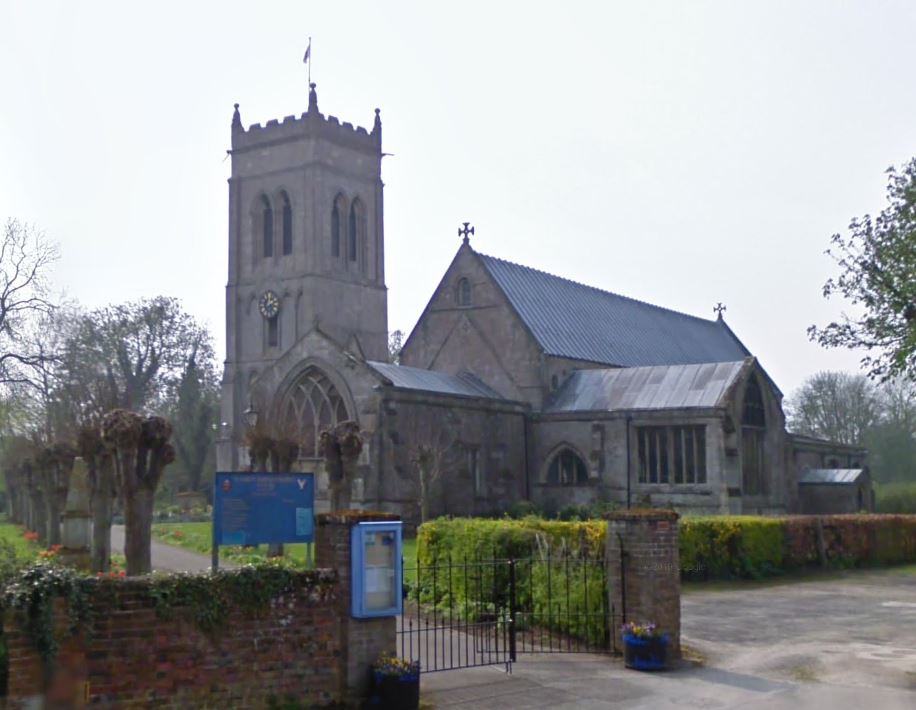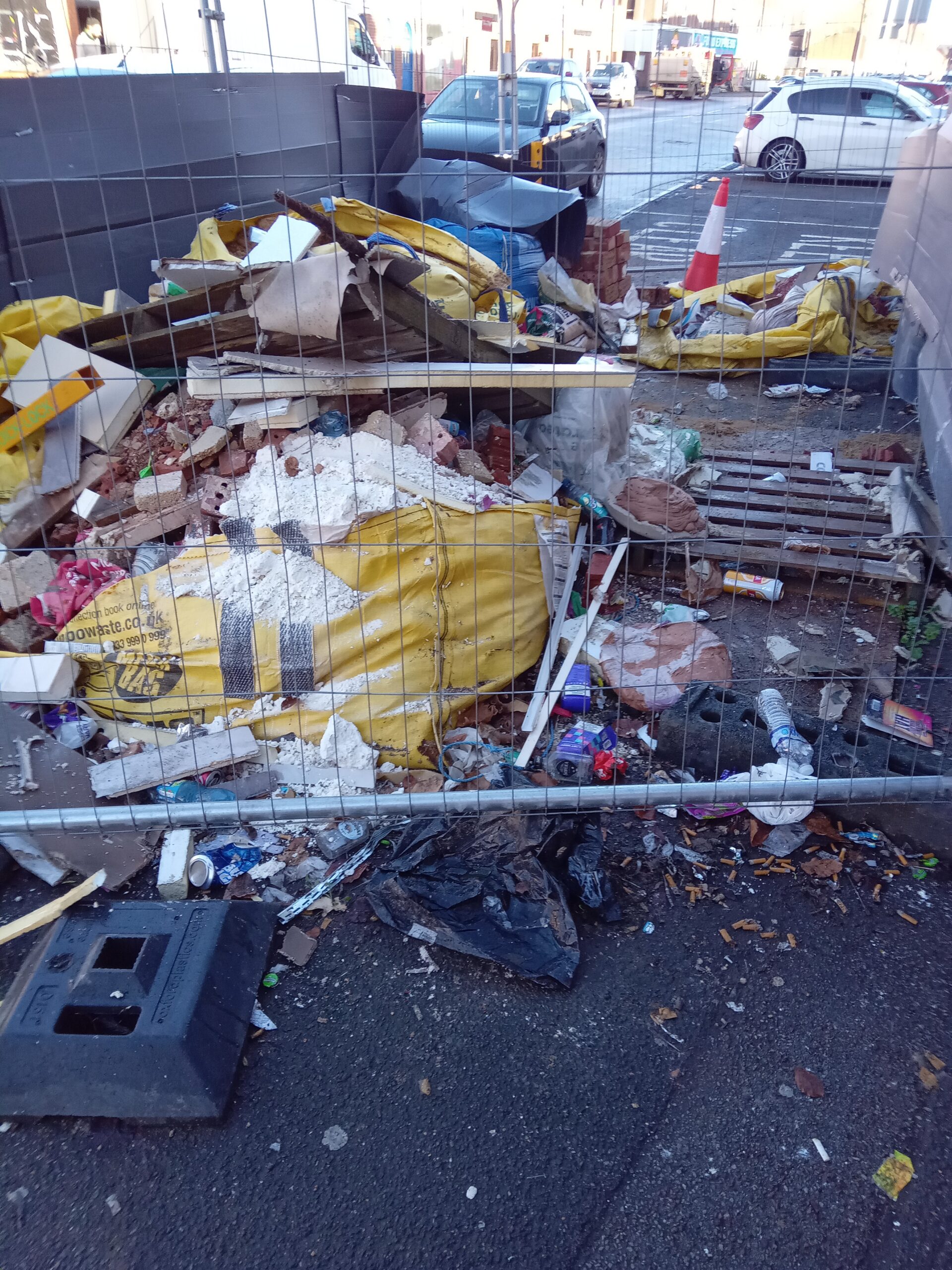A South Holland church is hoping to replace its old roof lead with a steel covering and to include a solar array.
St Mary’s, the 900-year-old church in Whaplode, could have an array of 18 solar panels on the south aisle roof of the Grade I listed building.
The proposal forms part of a range of measures being taken by the Church of England’s aim of Net Zero Carbon by 2030.
“The solar panels and internal storage batteries will be effective in reducing the electrical costs of the church and therefore make the running of the church more economic,” says a planning application to South Holland District Council.
“In deciding upon a location for the proposed solar panels, primary importance has been given to minimising the visual impact,” says the heritage impact report.
“Due to the very shallow pitch of the roof and the perimeter stone parapet upstand, only the upper section of the south aisle roof slope can be seen from ground level, and then only when at some distance from the church and the whole roof, including any solar panels, remains invisible from the pedestrian access path at the South Porch,” says the application.
“The proposals within this planning application will ensure that the church takes a significant step towards the target of Carbon Net Zero.”
If approved, the proposal will also see a six stack battery unit and an inverter installed in the ground floor of the bell tower which is only accessible from the churchyard and vestry. It is also covered by the CCTV system.
A carbon footprint assessment of the church has been undertaken and the largest amount is from the annual gas and electricity consumption which equates to around 7.85 tonnes of carbon dioxide.
The solar panel system will see a 70 per cent reduction in that figure – although the numbers depend on a range of variables including the cost of power, emissions data from the government and the industry’s energy yields rates.
“The church is already a user of 100 per cent renewable energy, both electricity and gas, via British Gas,” says the supporting document.
While the Parochial Church Council is recognising the installation of panels on a Grade I listed building ‘can be contested on grounds of adverse impact,’ it says the ‘sensitive approach’ it has taken in this instance would negate the vast majority of visual intrusion as a result.
The lead roof is to be replaced with a TCS steel roof covering. It’s a type of coated stainless steel which is highly resistant to corrosion. It dulls to the colour of lead after weathering.







